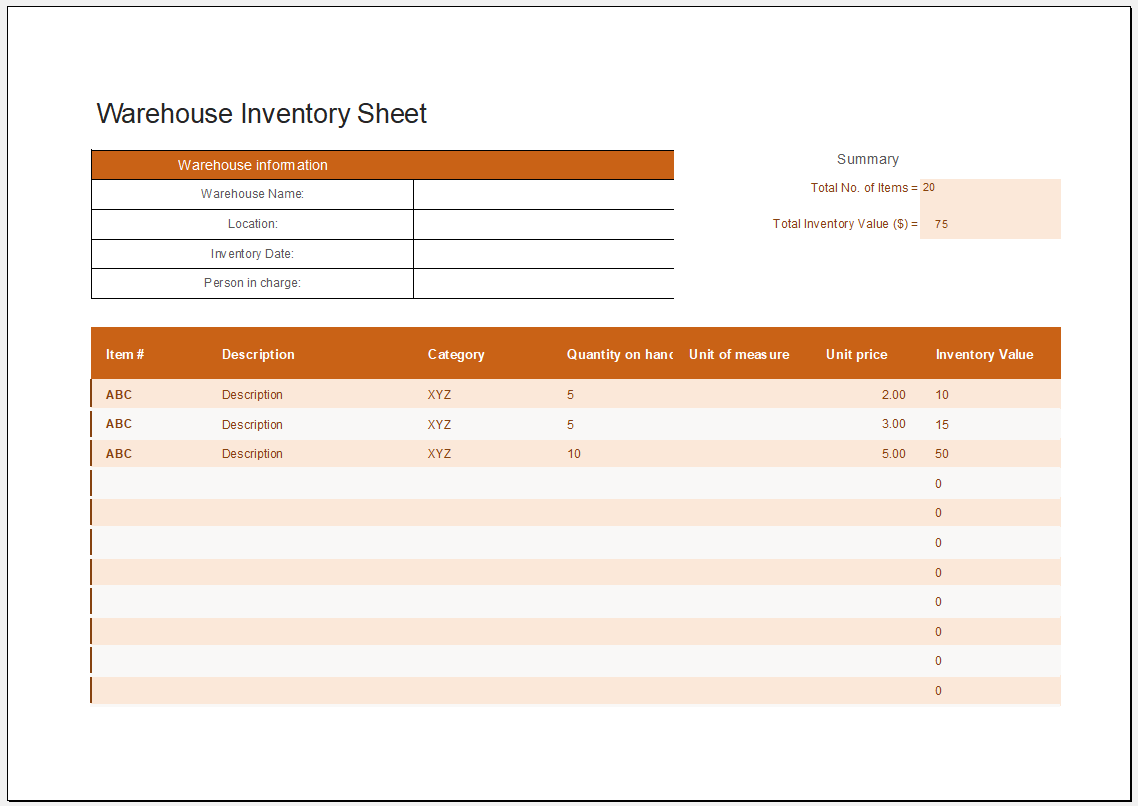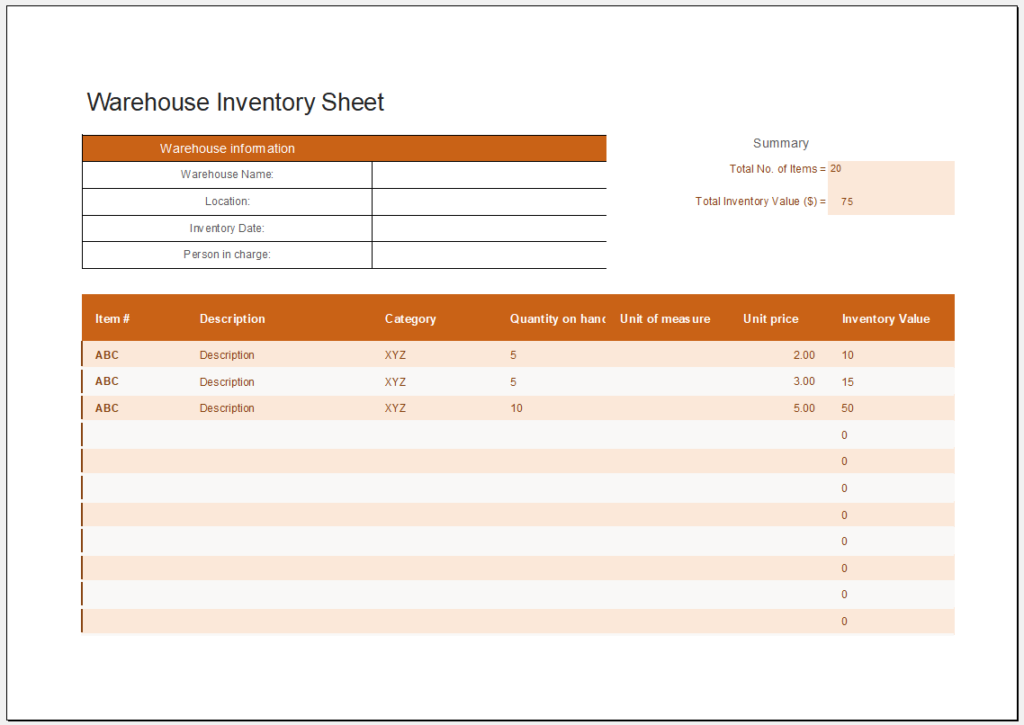The operational efficiency and effectiveness of a business are often dependent on its inventory. An inventory of a business is its storage of raw materials, work-in-progress, and/or finished goods. The inventory of a business is kept in its warehouse, store, or with the resellers.
What is a warehouse and warehouse inventory?
A warehouse is a physical storage place, and the warehouse inventory is the inventory kept in that physical building. A warehouse, usually, does not deal with the end customer directly and performs the role of a distribution base. A warehouse may be different than an in-house store facility, which maintains a small quantity of inventory and has on-hand availability, whereas a warehouse has a proper system for taking and storing large quantities of inventory.
Maintaining the correct level of inventory is critical to the functionality as well as the profitability of the business, which makes inventory management a very vital and critical system.
What is an inventory management system?
An inventory management system is a system that uses technology, in terms of both hardware and software, processes, and other resources, like human resources, to manage and control the level of storage of raw materials, work-in-progress, or finished goods.
How inventories are managed?
Inventories are often marked and identified using bar codes and audited using cycle counting or other methods. In addition, there are different accounting methods used (depending on the company’s accounting policies and standards) in the inventory management system for determining the worth of the inventory entering and leaving the warehouse, such as the first-in-first-out (FIFO), last-in-first-out (LIFO), Average cost method (AVCO). These methods provide the cost of the inventory for evaluation and decision-making purposes.
What are the benefits of maintaining an IMS?
There are many benefits of maintaining an inventory management system (IMS), such as:
- The inventory management system records, tracks, and manages the inventory level.
- It streamlines the processes of ordering from the vendors as well as aids in controlling the flow of the inventory in and out of the warehouse.
- A properly maintained inventory system lets the user know about the reducing levels of inventories as well as indicates the high storage levels to avoid further ordering and making use of the already stored inventory first.
- The correct level of inventory can be maintained to avoid any production delays (raw materials) or dissatisfied customers (finished products).
- The separate bar codes of the inventory units distinguish them from each other as well as help in their identification to maintain their levels in the warehouse.
- The software used for the inventory management system can help in tracking historical data. The database present in the software can help it analyze the data and generate the information in terms of reports of future demand predictions and the current inventory flow.
WMS and IMS?
A warehouse management system (WMS) may be the same as or an extension of the inventory management system (IMS). A WMS entails systems and processes to manage and maintain all the operations of a warehouse in terms of inventory coming in and out of the warehouse.
In addition to managing inventory level, ordering, packaging, and logistics are also managed through a WMS. The functions like packaging and logistics are not managed in the inventory management system but are part of a warehouse management system.
The similarity or the difference between the two systems, WMS, and inventory management system, depends on the organization’s design, nature, and business practices.
For instance, if a production facility only maintains the level of warehouse inventory and not the inventory lying with the resellers, it might use only one system instead of two separate ones.
In addition, if a business is small, it might not want to maintain two separate systems and consolidate the two. Furthermore, some companies do not offer packaging services and only store inventories to sell them to the end customers. In this case, only an
To maintain a warehouse inventory, many templates, applications, or software are available that can be easily customized as per the needs and requirements of an organization. However, a company can even use MS Excel or other programs to design its templates for maintaining and managing its warehouse inventory levels as well.
Template
- Quarterly Tax Payment Tracker
- Payroll Tracker for Excel
- Delivery Route Optimization Worksheet
- Energy Consumption Monitoring Worksheet
- Return on Investment (ROI) Calculator
- Investment Portfolio Tracker
- Equipment Utilization Worksheet
- Emissions Monitoring Worksheet
- Monthly Utility Consumption Worksheet
- Sales Tax Calculation Sheet
- Fixed Asset Register Template
- Advance Salary Tracker
- Benefits and Deductions Worksheet
- Capital Expenditure Tracker Template
- Departmental Budget Allocation Sheet

